Drug Stores, Praline Shops, Piers and Beaches, Funeral Homes, and Ice House
In this chapter of Pat Murphy's book-in-progress, he leads us around the Bay St. Louis of the past, visiting soda shops, piers and even funeral parlors!
The business had been founded by L. A. DeMontluzin, and in my early years the drug store was run by his son, Rene. From the curved glass display counters and glass apothecary jars to the ice cream counter (the best butter pecan scoop ice cream that I’ve ever tasted) and huge old scale for weighing yourself, everything was just as you’d imagine it was in the 1890s. Sadly, the building and all of its contents were totally destroyed in 1969’s Hurricane Camille. Rene DeMontluzin relocated to a space in my grandfather’s building, but it was never the same. Mr. DeMontluzin died suddenly around 1971 and the store closed.
Beach Drug Store This business started in about 1900 as Powers Drug Store in its location across from Hancock Bank on the water side of South Beach Boulevard. Sometime around 1915 Doctor Alphonse Ames Kergoisen acquired and renamed it Beach Drug Store. Doctor Kergoisen’s son Emmett ran the pharmacy for several years and by 1920, the business was being run by Clara Kergoisen, Dr. Kergoisen’s daughter. At some point the Kergoisens added onto the original building that had housed Powers Drugs. The side closest to the head of Main Street housed Piazza Brothers Barber Shop, and a number of businesses over the years including Breath’s Haberdashery, Sherwin Williams Paint, Western Union, and Mary Carter Paints occupied the space on the south. Dr. Laurent Dixon was the pharmacist for Beach Drugs until around 1940 when he left Beach Drugs and opened his own pharmacy. In my youth, Beach Drug Store had a memorable soda fountain and magazine rack. Dixon’s Drug Store Doctor Laurent Dixon opened Dixon’s around 1940 on North Beach Boulevard just down the street from his old employer, Beach Drug Store. This business was first located in one of the buildings north of Trapani’s on the water side of North Beach. Dixon’s relocated to a building south of Trapani’s after the 1947 hurricane destroyed the former location. Doc Dixon was a fairly elderly man in my early days of growing up downtown. He and his wife lived in an apartment in the rear of the building that housed the drug store. From what I recall, Dixon’s had a pretty good soda fountain. I remember that Ms. Francis Faucetta worked for Doc Dixon when I was a young boy. Fahey Drug Store This store was at the corner of Blaize Avenue and Kellar Street, in the depot area. This business began as the Allen Drug Store and moved to the depot area after the Beach Boulevard location was destroyed in the 1915 Hurricane. In about 1918 the store was purchased by Leo Fahey, who eventually entered the priesthood and went on to become Bay St. Louis’ beloved Bishop Fahey. This business was purchased by his brother, Edmond Fahey, Jr. when Leo Fahey entered the priesthood. It eventually was run by Alvin Weinburg, a member of the Fahey family who was married to my Grandmother Stevenson’s cousin, Laura. Weinburg was the proprietor when I was a child, and sometime in the late 1950s Weinburg died and the drug store was purchased by Charlie Thomas and his wife, who ran the store until it closed. Gulf Thrifty Drugs In the late 1960s Bob Wade opened Gulf Thrifty Drugs in the Winn Dixie Shopping Center. This location would later become the location of Rickey’s Restaurant after Hurricane Katrina. All this was long before the Eckerd’s, CVS, Rite Aids and other national chain drug stores. The only Walgreen’s that I remember was the one on Canal Street in New Orleans, and of course the purple and white Katz and Bestoff Drug Stores (K&B) were everywhere over there.
To enlarge photos and see captions, open gallery by clicking on any image
The Praline and Souvenir Shops
Most of the older residents that I have interviewed all agreed that the Kinney Family established the praline candy business in the area. The Kinneys lived on Ulman Avenue and sold pecans and pralines. The family was also in the antique business. For some unknown reason, most all of the other praline shops in this area were owned and operated by families of Italian descent. Along with the Kinney family, there were other exceptions to the Italian rule. Ms. Margaret Prevou’s parents, the Cooks, had not one but two praline shops, one on each side of Ulman Avenue! I guess they figured they’d catch them coming and going. There was also Charlie and Bernice Flink’s House of Gifts.
Most of these businesses started on old Highway 90/Ulman Avenue and then moved to new locations once the highway was re-routed for the new car bridge. Lucien Perniciaro and his wife ran Joyce’s Candy Shop, which eventually became the largest of these stores. Katie Perniciaro Pullizano and her husband Henry were the proprietors of Katie’s Candy Shop, established in 1940. Tony Morreale and his family ran Bessie’s Candy Shop, the Benignos owned Brenda’s, and The Tailliac family were the proprietors of Louise’s Candy Shop. One of the Scafide sisters, a Ms. Presley, ran The Highway Candy and Gift Shop. Pralines were a traditional New Orleans creole candy made from melted butter and sugar with or without pecans. These local families made homemade traditional pralines but also introduced the “creamy” praline by adding melted marshmallow to the other ingredients. All of these shops sold both styles of pralines along with souvenirs and post cards. Louise Tailliac from Louise’s was selected by the National Parks Service to travel to Washington, DC in 1976 and prepare pralines for the nation’s Bicentennial celebration. These shops also shipped pralines mail order all over the world. At one time, praline candy and these businesses were a big, big part of the local economy in Bay St. Louis. Just about all of these shop owners used to buy light bulbs for their lighted billboards and storefronts from my grandfather Stevenson. The Piers and Beaches
Stokie’s Wharf
Mr. Buster Heitzmann has told me that for many years, Stokie’s Wharf, which was located at the foot of Washington Street where the jetty is located, was Bay St. Louis’s port of call. In the early 1900s, all types of goods and services came and went from Stokie’s Wharf. From building materials and lumber to staples like sugar and flour, a lot of it was brought into the area via Stokie’s Wharf. Buster even said that early on (before the highway from New Orleans) some family autos from New Orleans came into Stokie’s by boat or barge for use during the season here in Bay St. Louis. Stokie also was the original owner of the ice house and electric plant in Bay St. Louis, which was later purchased by Mississippi Company. St. Stanislaus Pier St. Stanislaus Pier was by far the grandest of all the piers that I remember. St. Stanislaus always had piers (as did most beachfront properties back in the day), but the pier from 1947 until Hurricane Camille in 1969 was the biggest and most extravagant. It stood about 20 feet above the water, was about a third of a mile long and had two roofed pavilions with steps down to swimming, diving and docking decks. Many people (including the Brothers from Stanislaus) would ride bicycles out to the end of the pier. There was a kid a couple of years older than me named Eddie Blaize. He was what I’d call adventurous, and was a good guy, friends with all of us. He lived on Hancock Street about half a block from St. Stanislaus. What I’m going to tell you is the stuff of legend in Bay St. Louis kid lore, but it’s been verified by too many people that I know for it not to be true! One day young Edward Blaize decided to ride his bicycle out to the end of St. Stanislaus pier. Whether it was on a dare or Eddie’s individual brainstorm, I can’t say but somehow he managed to hoist his bike up onto the roof of the pavilion at the end of the pier. He then proceeded to ride his bike off of the roof of the pier, freefall about 30 feet into the water and into legendary status with the kids of Bay St. Louis. The only negative about the whole caper was that one of the brothers from St. Stanislaus happened to be walking out to the end of the pier and saw the whole event. I think that young Edward had his backside paddled to within an inch of his life and was then punished for the remainder of his childhood. Eddie (RIP, my friend) always said it was worth it all! The St. Joseph Academy Pier The Sisters of St. Joseph, who ran St. Joseph’s Academy, always had a very nice pier. Not as extensive as the pier at St. Stanislaus, it was still a big long pier with a pavilion and bathhouse at the end. Like St. Stanislaus, the nuns conducted summer camps during the summer months and used the pier extensively for the camp activities and relaxation. This pier was always in existence during my youth. It was destroyed during Hurricane Betsy in 1965 and I remember vaguely seeing a pier built out of dollar bills kicking off a campaign to rebuild the SJA pier. Unfortunately the class of 1967 was the last graduating class of this school, which closed due to lack of enrollment and funds. Taconi’s Wharf Taconi’s pier was located in the 100 Block of North Beach Boulevard in the space between Anthony’s Men’s Wear and Roy Craft’s Bar and extended several hundred feet out into the water from the sidewalk. In earlier years this pier featured skiffs for rent to fish in and at various times offered fresh seafood for sale. I don’t remember much happening on the pier when I was young except for an infamous tobacco chewing incident involving me and my running mate Donald Gavagnie that I wrote about in an earlier chapter. The American Legion Pier American Legion Post 139 built a new post home on South Beach Boulevard at Washington Street around 1952. One of the major civic improvements that the post constructed was a fishing pier that basically followed the footprint of what had been Stokie’s wharf. The post held children’s fishing rodeos and lots of other events on this pier, which was destroyed by Hurricane Betsy in 1965 and replaced by a brick brack roadway and jetty. This jetty has been added onto and improved over the years and includes a boat launch today. The Bay St. Louis Municipal Pier and Beach Around 1950 the city of Bay St. Louis constructed a municipal beach and pier along with playground equipment on the beach at the head of Ulman Avenue. This had formerly been the foot of the old wooden Highway 90 Bridge. There were picnic shelters, barbecue pits and shower facilities and this became a cool place for all the kids to hang out. There was a steep hill that ran from the road down to the seawall and we used to race sliding down this grassy hill on cardboard boxes that we’d get from my grandfather’s store. The Red Cross also offered swimming lessons; Ms. Ann Porter taught them on the pier during the summer months. Our New Sand Beach & Becoming a Beach Bum After Hurricane Betsy in 1965, Hancock County decided to pump a sand beach in from Clermont Harbor to Washington Street in an effort to preserve the beach road during storms. For a high-school-aged boy this was a very exciting time. Teenage girls sunbathed on the beach, and there were not too many weekends and summer days not spent “beach cruising.” Even though there was no surf, we all became surfer guys and hung out at the beach playing the part. It was during this period that the orange hair incident took place. My friend Terry Malone and I were both going to summer school at Bay High and were very into the whole beach bum/surfer guy scene. At some point we decided that if we used peroxide on our hair it would make us look like it was sun-bleached. We talked Sharon Piazza into putting it in our hair and then we went home. Well my hair bleached out pretty well and looked somewhat authentic. Terry Malone went home and was sitting at the supper table. His Dad just kept staring at him while Terry’s hair was turning more orange by the minute. His dad was not a happy camper and for about two months Terry had REALLY orange hair. He looked more like Clarabell the Clown than a beach bum! Bonfires and beach parties became more prevalent and I have some great memories of some of those high school beach parties. Today, over 50 years later, Hancock County’s sand beach is a huge tourism draw. Cowabunga, baby! Surf’s up! The Bay Ice House
Albert Stokie built Stokie’s Wharf, the commercial dock and pier at the head of Washington Street, as well as Bay Ice, Light and Bottling Works. As its name implies, this was an ice plant, bottling facility, and electrical steam generating plant. Stokie also sold coal out of this location. Around 1925 the facility was purchased by Mississippi Power Company, which later sold the plant to Randolph Ladner.
By the time of my birth, Harry Sumrall was running the icehouse and eventually the Burge family would take it over. In my early years they did a huge business in block ice. I remember seeing 500-pound blocks being carried out on a conveyer apparatus and being loaded onto trucks with lifts. The seafood industry depended heavily on the icehouse. Block ice lasted a lot longer than the bagged ice we see today. You could also purchase smaller blocks of 25 or 50 pounds and bags of crushed ice. They also offered cold storage facilities and sold milk, beer and soft drinks. I have even heard tales of someone going to the icehouse to buy a big block of ice and seeing a dead body “on ice” in the cooler next to the big 500-pound blocks of ice. Funeral Homes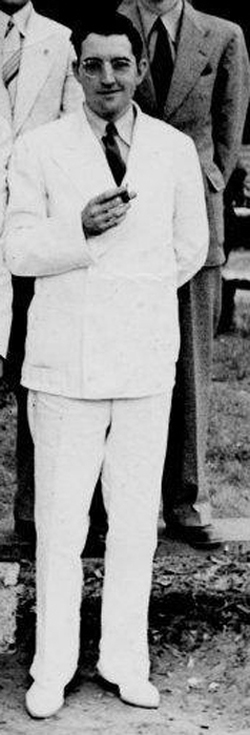 Photo of E.F. “Junior” Fahey, Jr., the father of Edmond Fahey taken in the 1940s. (Andrew Scafide Collection) Photo of E.F. “Junior” Fahey, Jr., the father of Edmond Fahey taken in the 1940s. (Andrew Scafide Collection)
Most towns, no matter how small, have at least one funeral home. At times Bay St. Louis has had as many as three, though only one has stood the test of time.
In 1895 Captain J. M. Tyler moved from Pickens, Mississippi to Bay St. Louis and relocated a mercantile and undertaking business. In 1906 F. M. Banderet took over the business after Captain Tyler died. Edmond Fahey’s grandfather, E. F. Fahey, Sr. went into partnership with Banderet. Banderet and Fahey Undertaking Company operated in an old wooden building on Main Street across from the KC Hall. This old building was empty but still standing when I was a youngster in the 1950s and ’60s. The name Banderet & Fahey Undertaking Company was still visible on the front of the building. According to Buster Heitzmann, the business moved from the Main Street location to the location on Union Street sometime during the 1920s after Mr. Banderet died. E. F Fahey, Sr. died in 1939, and his son, E. F. “Junior” Fahey ran the funeral home and ambulance business until his death in 1947. The Kenneth Whitfield family from Picayune bought the business in 1950 and it became Fahey-Whitfield Funeral Home. The second location was in the second block of Union Street next to Abigail Bourgeios’ “The Answer” Boarding House. In one way or another, the Fahey family has been involved in this business for as long as most in the area can remember. In 1952 Joe Loiacano constructed a building that was to be a funeral home at the corner of St. John and Necaise. The plan was for Arthur Thomasich, who was a mortician and in the mortuary business in New Orleans, to manage and run this funeral home for Mr. Loiacano. Unfortunately, Mr.Thomasich died shortly before the building was finished. As a result, the Loiacano funeral home never opened and instead this building would become the Loiacano family home. Future Hancock County coroner Emile Piazza also ran a funeral home for a time in the depot area of Bay St. Louis around 1950, in a house at the corner of Ballentine and Third Streets. The Riemann family became involved in the Fahey-Whitfield business in the mid-1960s and eventually bought the business completely. The Riemanns later relocated to a new facility on Highway 90. This Riemann facility was severely damaged during Hurricane Katrina and demolished after the storm. Edmond Fahey III founded Edmond Fahey Funeral Home and re-established his family’s place in the business in 1977. He bought the Loiacano home and opened it, using the building for its original purpose. This family-run business has become so much a part of life in Bay St. Louis that it’s hard for most locals to envision any other game in town. Edmond Fahey III died in 2013. In this small community there have been a dedicated group of individuals involved in this business. From men like J. T. Jacobs, Coco Lafontaine and Carl Banderet, to Harold Stiglet, Alva “Geetsy” Ruhr and Emile Piazza, there have been many who stand out in my memory having worked locally in this business. Although a solemn and somber profession, the business is not without occasional humor. There have been lighter moments that I’ve heard about. One gentleman was discovered napping on the embalming table after a particularly long shift. Another longtime friend has been in the business since high school. Whenever I run into him, we laugh and jokingly discuss his “economy cremation service” involving a 55-gallon drum of diesel fuel. Comments are closed.
|
Categories
All
Archives
July 2024
|
Shoofly Magazine Partners
Our Shoofly Partners are local businesses and organizations who share our mission to enrich community life in Bay St. Louis, Waveland, Diamondhead and Pass Christian. These are limited in number to maximize visibility. Email us now to become a Shoofly Partner!


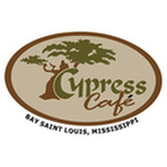
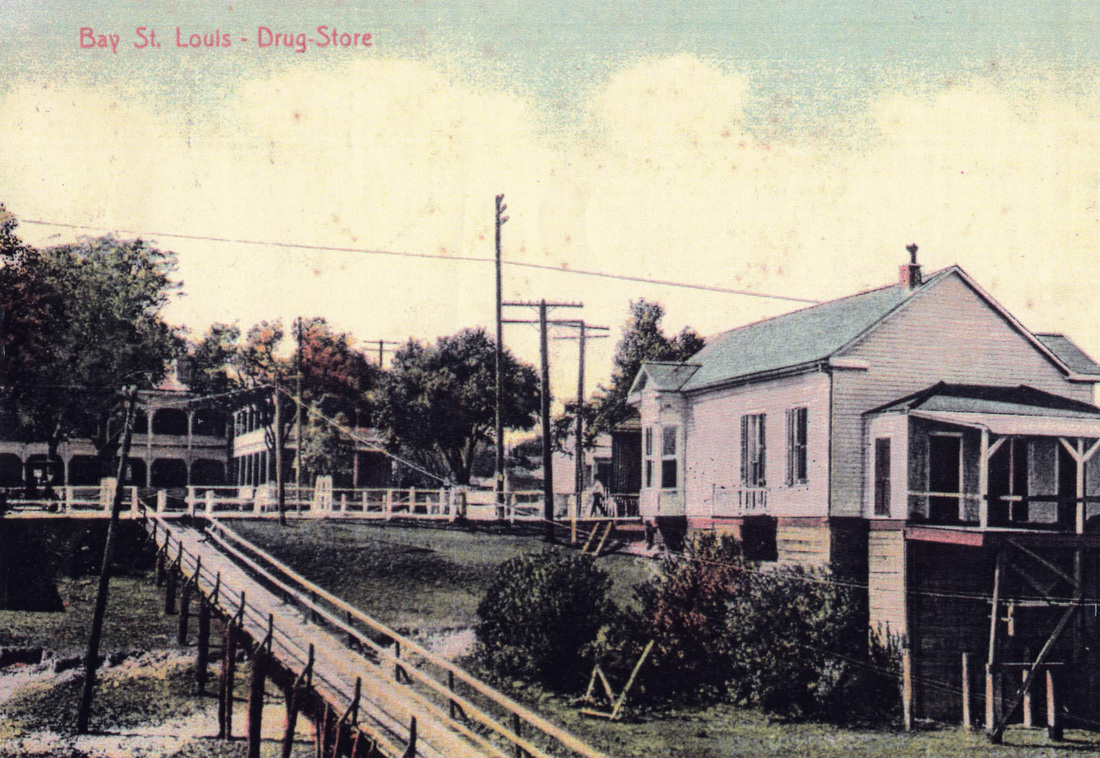
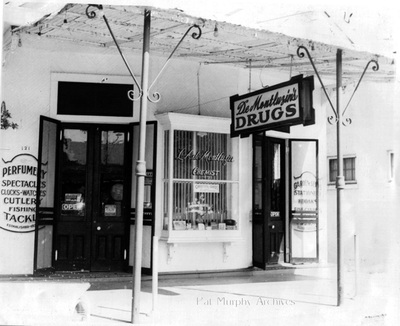
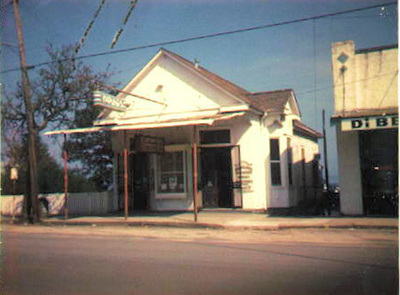
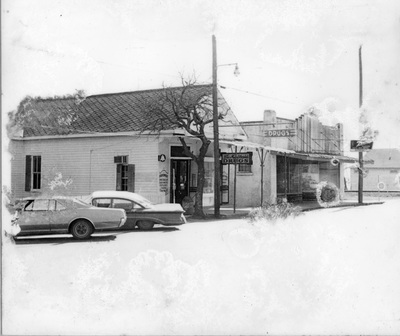
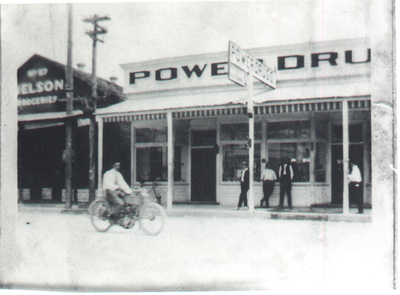
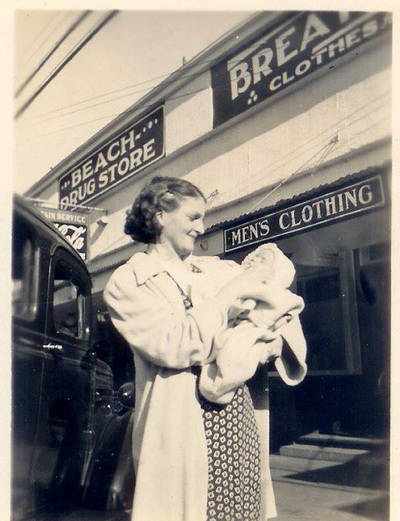
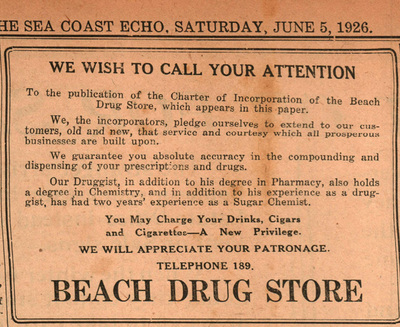
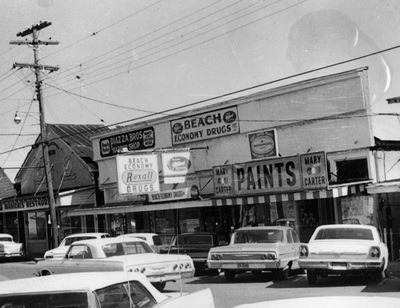
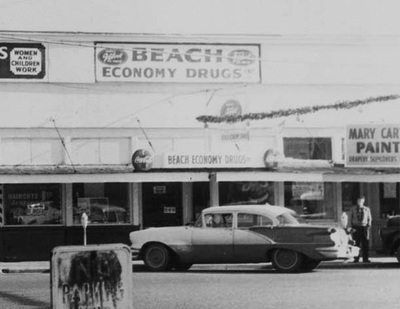
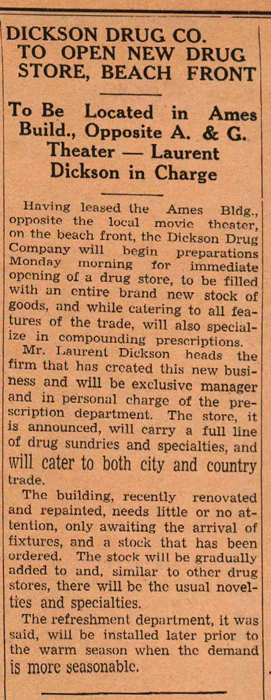
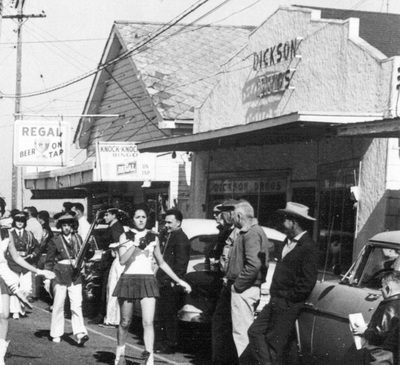
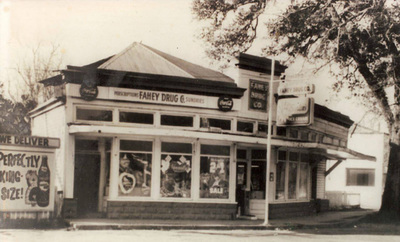

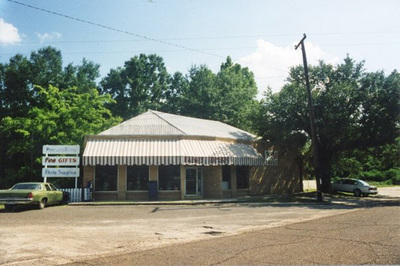
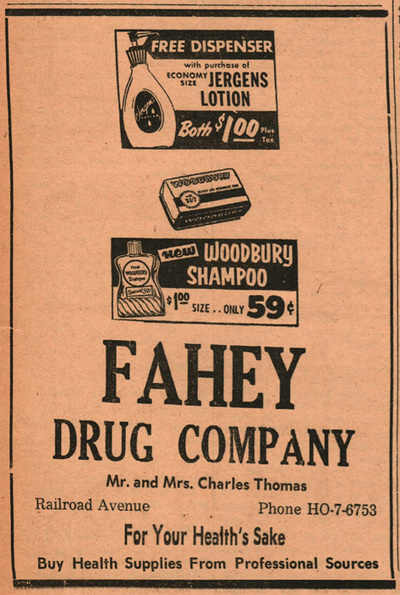
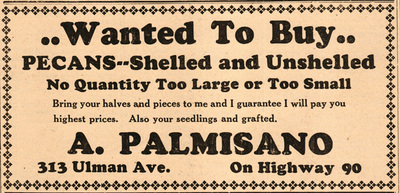
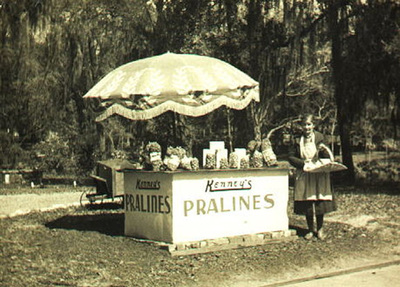
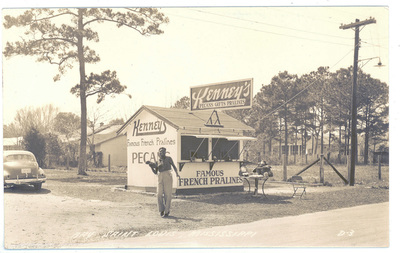
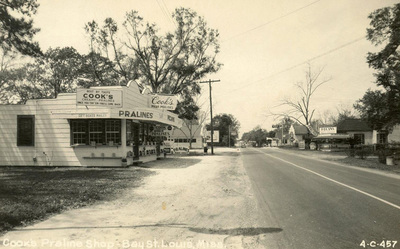
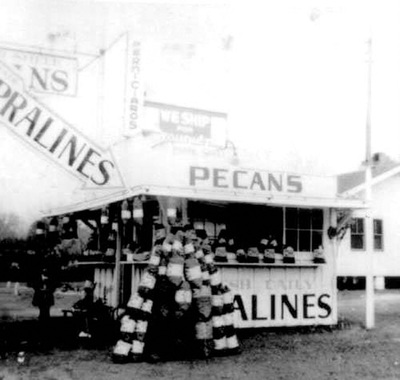
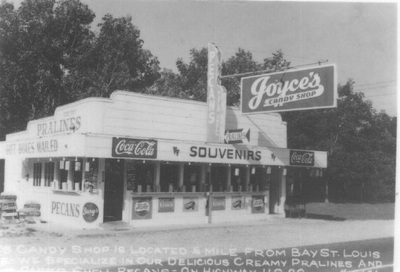
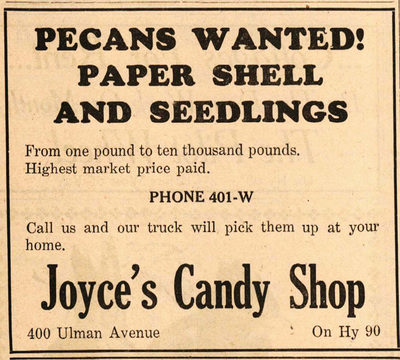
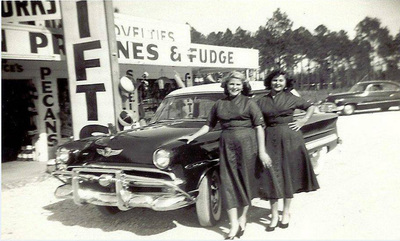
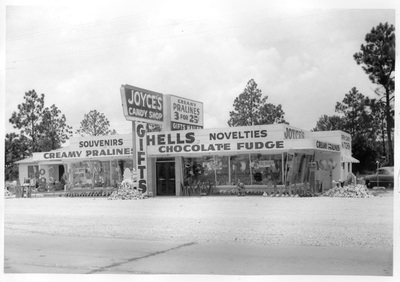
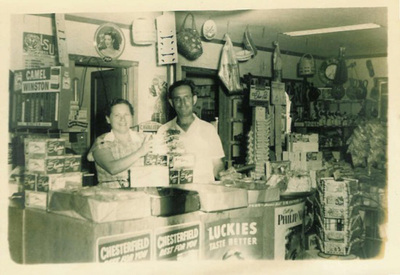
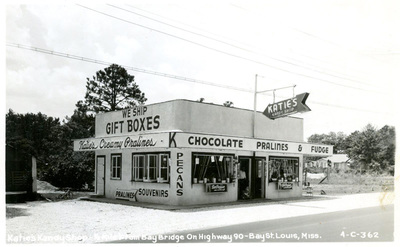
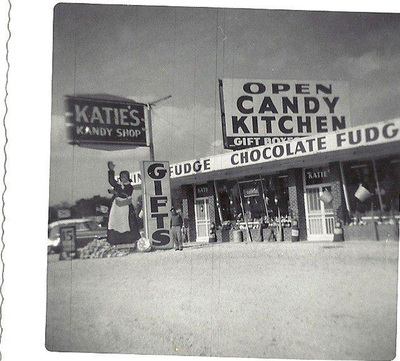
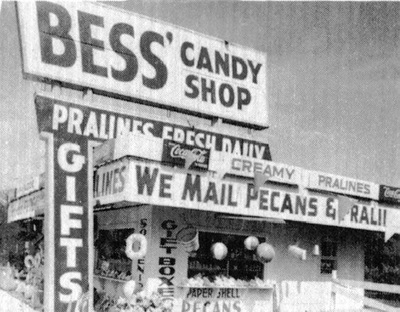
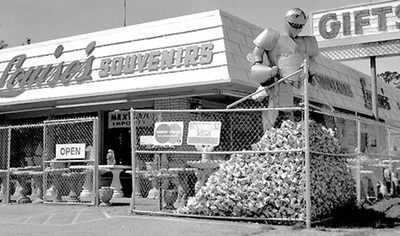
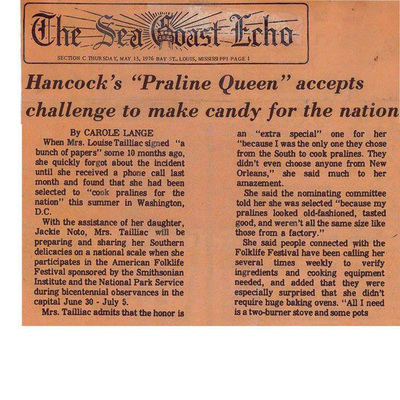
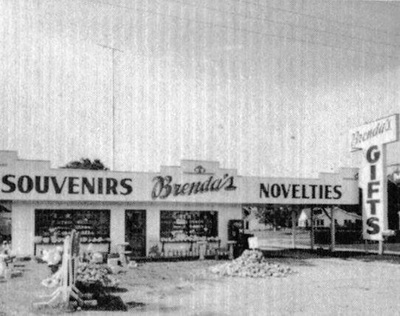
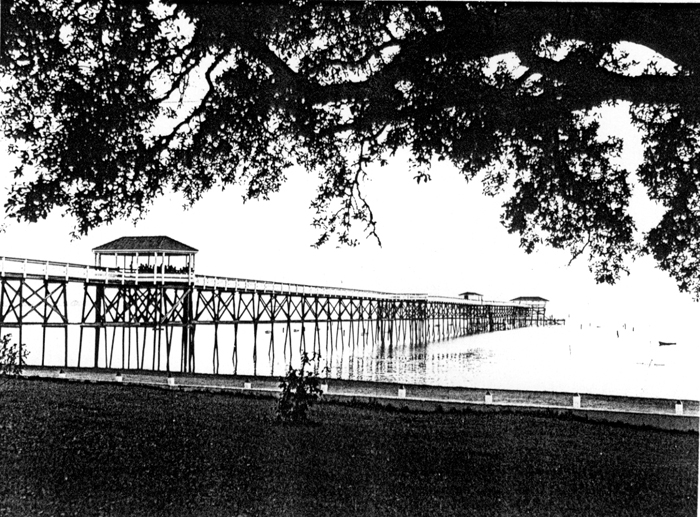
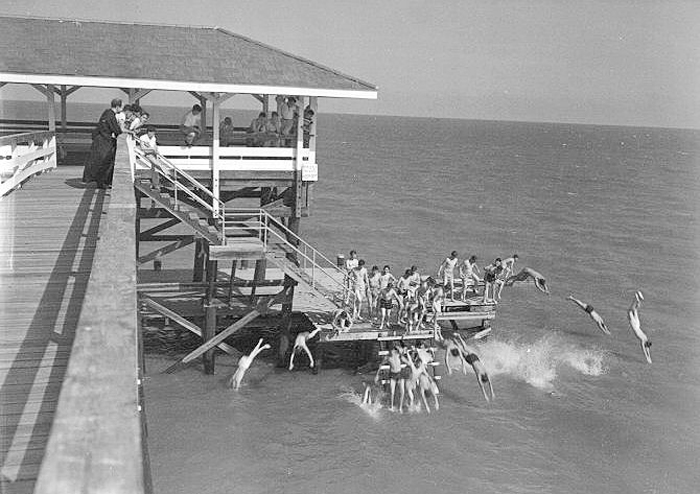
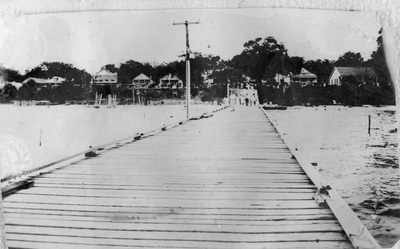
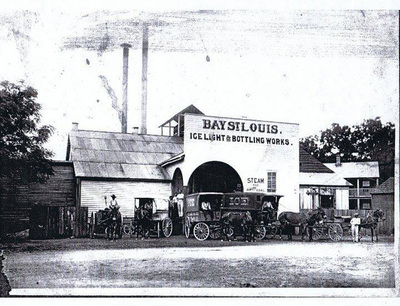
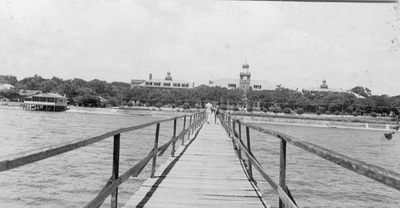
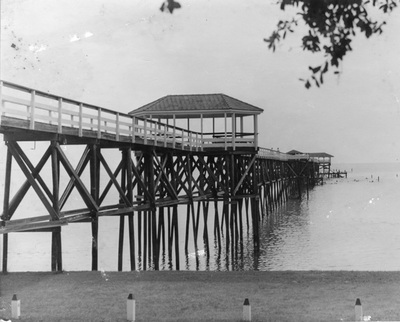
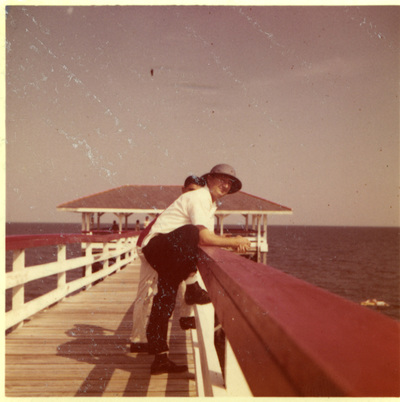
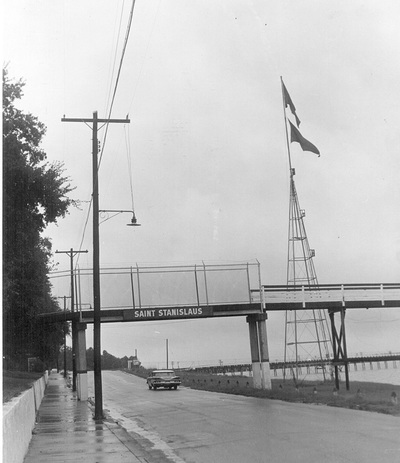
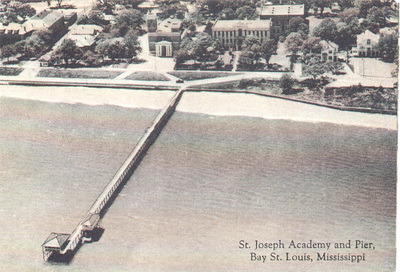
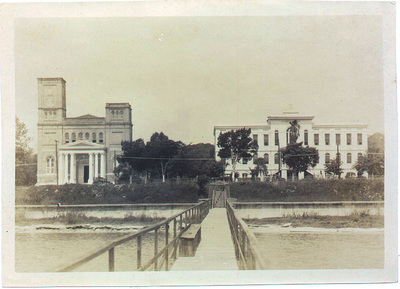
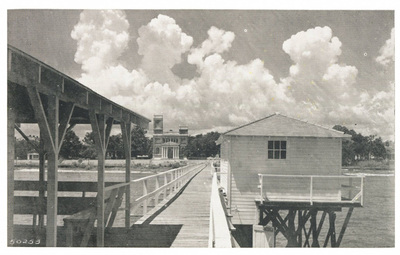
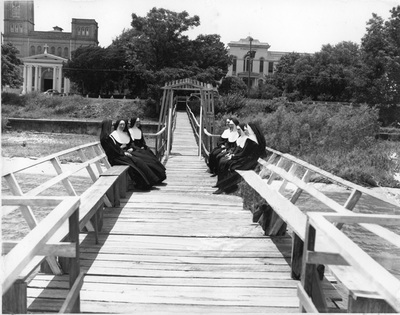
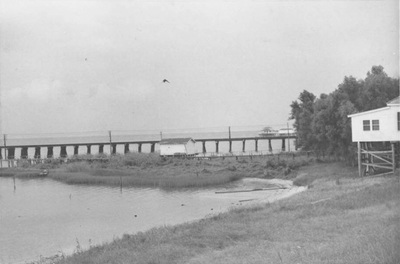
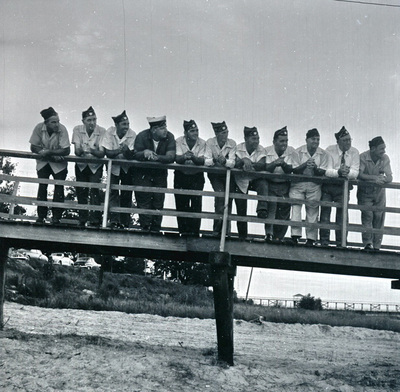
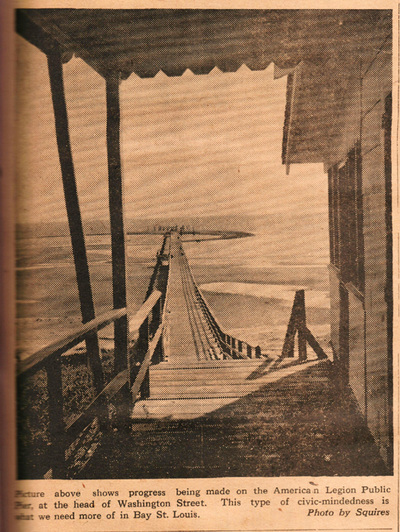
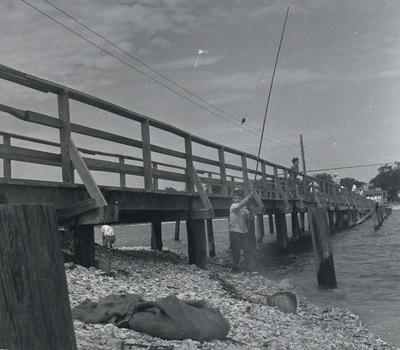
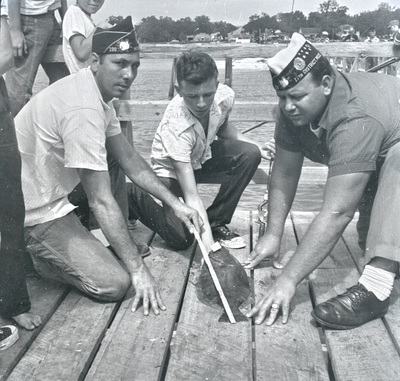
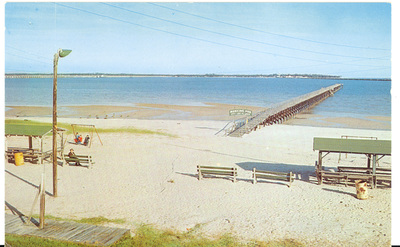
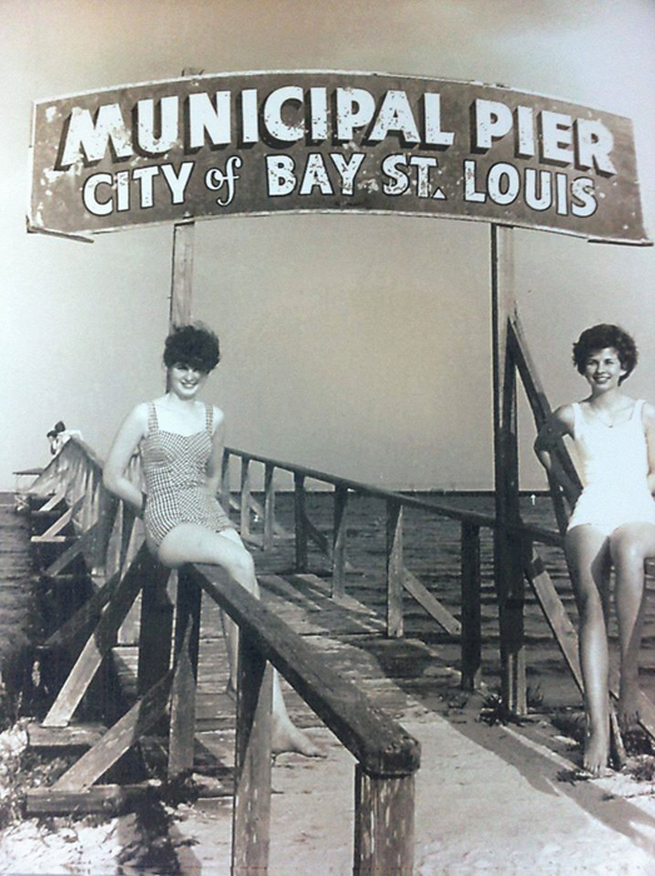
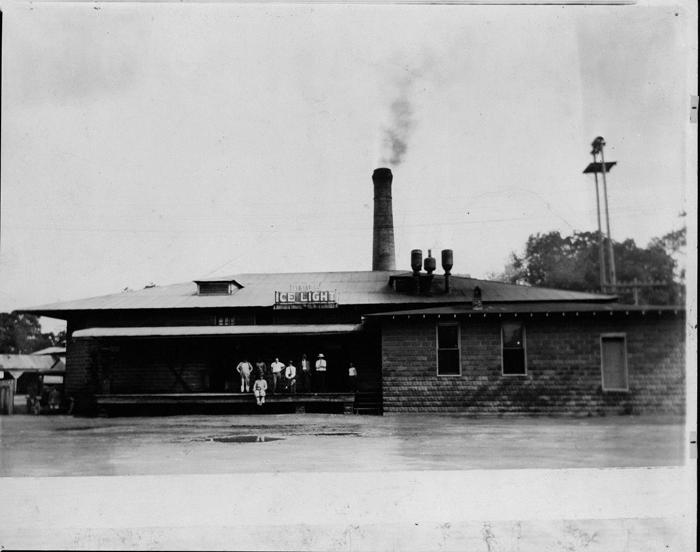
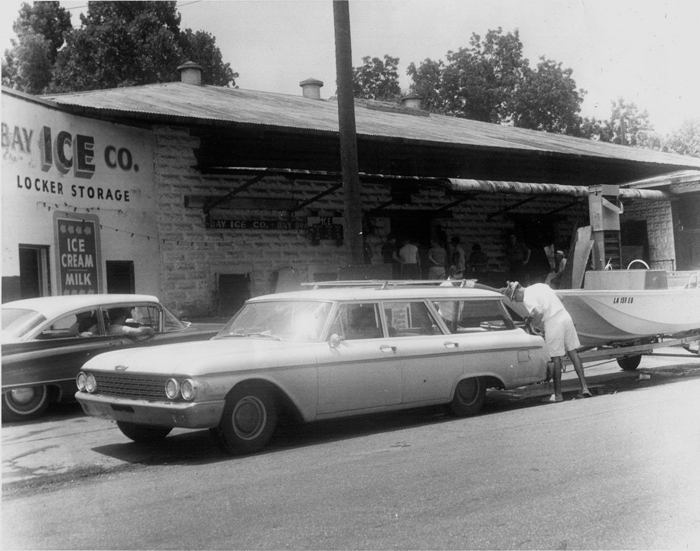
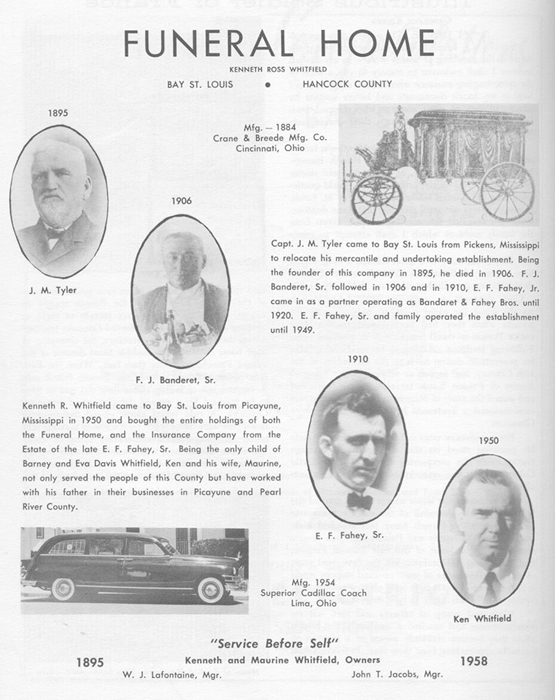
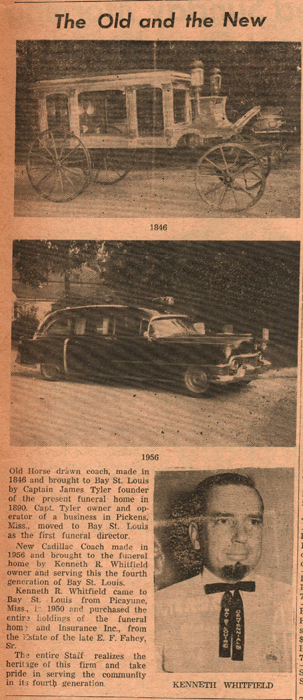
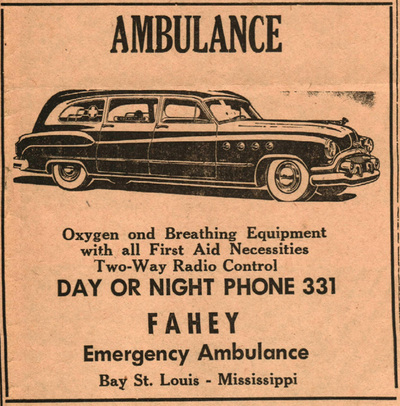
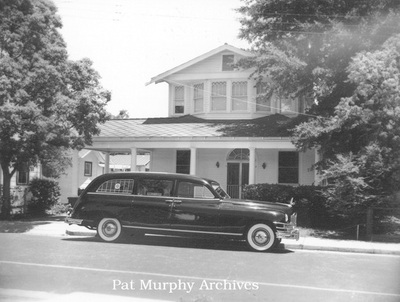
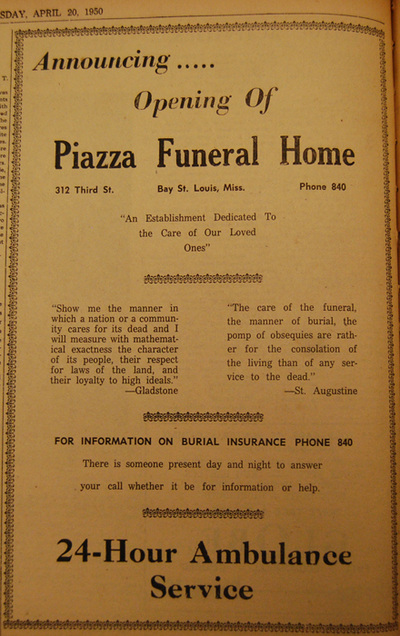
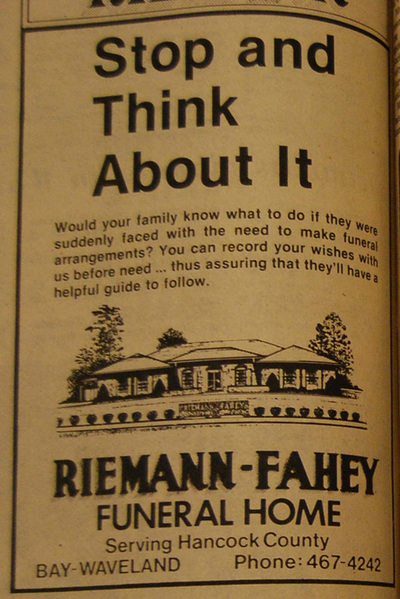

























 RSS Feed
RSS Feed























